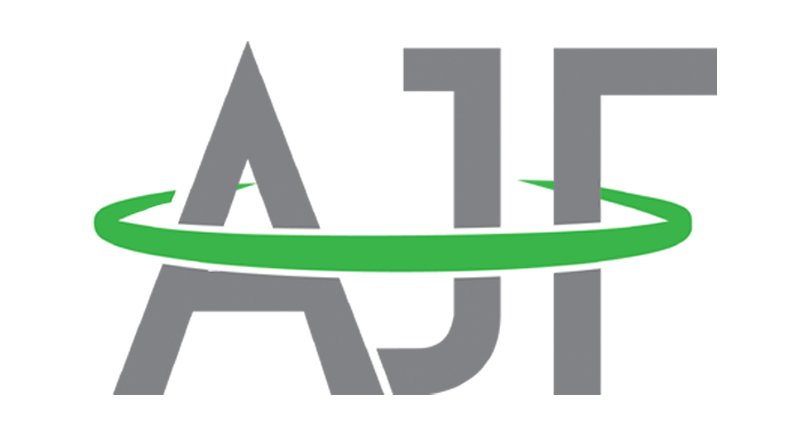What does successful flocculation achieve?
Flocculation is a targeted process for water treatment in sludge dewatering that transforms very small distributed substances into large flocs. The secret? Agglomeration and coagulation, by addition of flocculants. Flocculation separates liquids and solids: Only foreign components that form larger units in the water can subsequently be removed well by sedimentation or filtration. Why do small solid particles not attach to each other by themselves? Unfortunately, they all have the same surface charge – and repel each other. In order for them to collect into large particles, chemicals such as coagulants are needed to neutralize their charge – and thus couple them together. Here, polymeric flocculation aids (as polyelectrolyte) in the form of granules or powder accelerate the formation of macroflocs.
What are the advantages of a modern dispensing station?
In order for flocculants and flocculation aids to effectively remove opacity and suspended solids, they must be dispensed accurately. Here, a modern dispensing station simply lasts longer – thanks to powerful dispensing pumps and the option to replace individual system components if required. A compact dispensing station finds its place as required on a wall mounting plate, floor console or in a chemical-safe protective cabinet – indoors or outdoors. Systems that can be operated easily and comfortably by technical personnel after a short training course.
Your dispensing station from AJF – single chamber, multi-chamber or on pallet At AJF you get different types of machines – as dispensing station on pallet, with single chamber system or multi-chamber system made of stainless steel – useful if you dose the coagulant in wastewater treatment in powder form. Three open, communicating chambers – equipped with protective grids – ensure that the solution achieved can mature and store ideally. A flocculant dispensing station prepares the polyelectrolyte solution appropriately and transports it evenly and precisely to the treatment plant. The best: All functions of a flocculant station can run in fully automatic mode – so minimal intervention is required from the operator.
How does a dispensing station work?
A variable speed gear motor drives the stainless steel coagulant metering screw. The mains water supply is equipped with a control valve, an electro-hydraulic pressure switch and a flow meter for flow rate indication. An integrated water level sensor determines: Do the water supply solenoid valve and powder metering screw have to start or stop? Slow electric stirrers with three-part stirring screw ensure that the powder dissolves well. The control panel complies with the EN 60439.1 CE directive. Also optionally available: An additional sensor that signals when the supply hopper is out of flocculant powder.
Flocculant dispensing station: From manual to fully automatic, for small to large systems
By the way: Flocculant stations with single-chamber system are available in fully automatic, manual or semi-automatic versions, depending on the requirements of your plant; the metal components here are made of unalloyed, galvanized steel. The tub with single chamber has protective grids and drainage at the bottom. A system that is particularly suitable for mobile or smaller installations. Of course, all our AJF flocculant stations score with compact dimensions, high capacity of tanks and storage hopper as well as high solution production and powder output. Whether single-chamber or multi-chamber system or structure made of plastic cistern (PE or PVC) on pallet with filling opening and bottom drain: Each flocculant station has everything necessary for adequate preparation of the polyelectrolyte solution.
Treatment plants and flocculants from the premium manufacturer
AJF cooperates with world-leading companies that have decades of experience in the manufacture of treatment plants for cementitious water and sludge from industrial processes. With a direct line to them – not least when it comes to fast spare parts delivery. The right choice of dispensing station and coagulant depends upon the substances that you need to separate – each AJF system is designed in accordance with individual requirements. Flocculation as a process is easy to implement. How sustainable this is depends on how you use the sludge after separation. Since it contains chemicals, it makes sense to combine the actual flocculation with other processes.
Which solution suits you?
Let’s talk about it – because production-integrated environmental protection is feasible!



